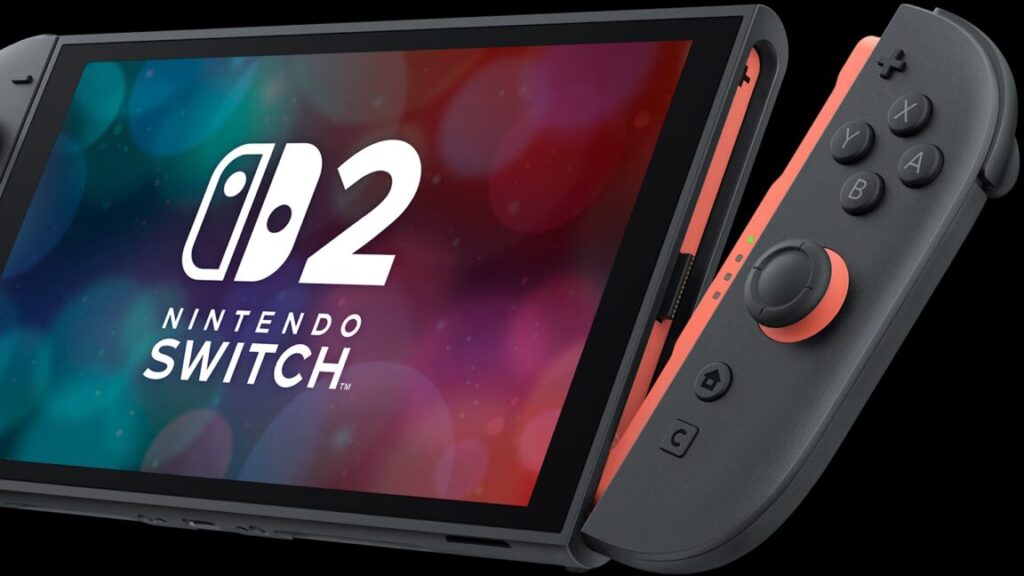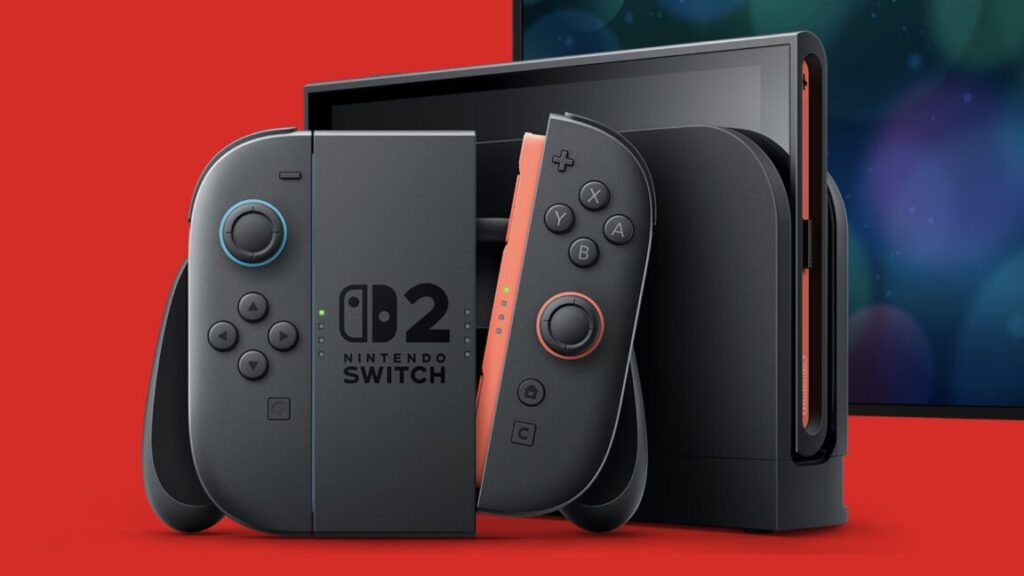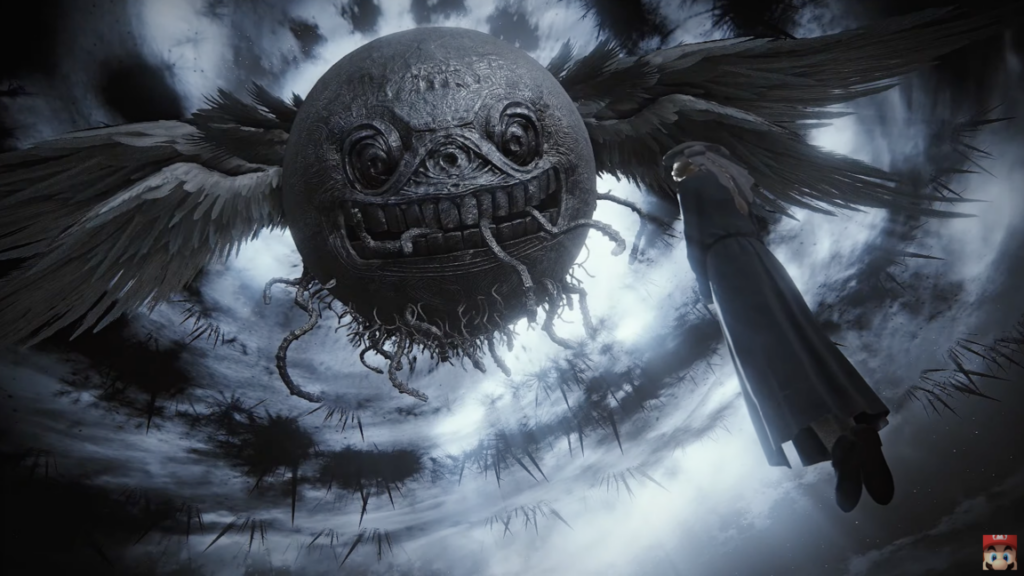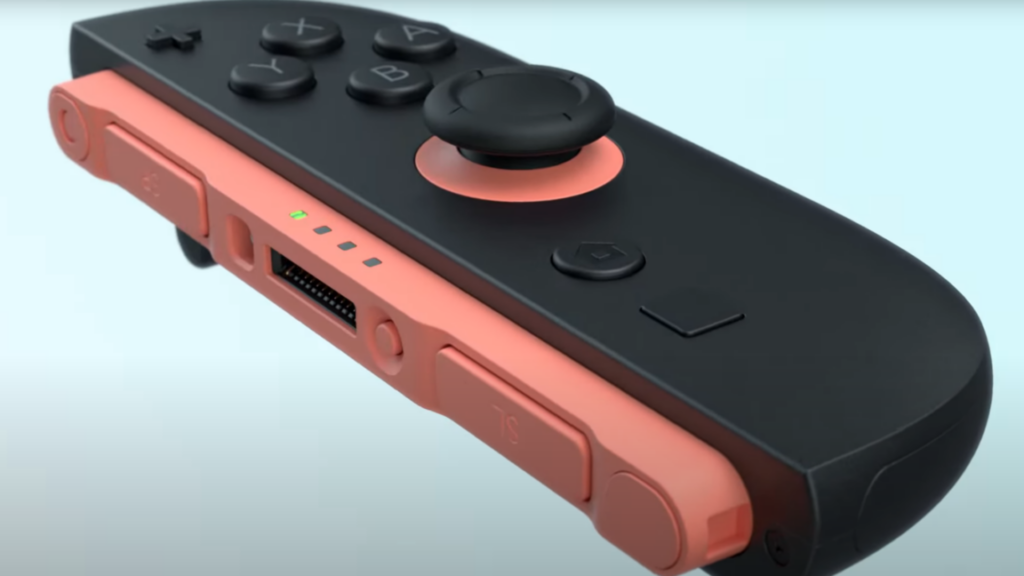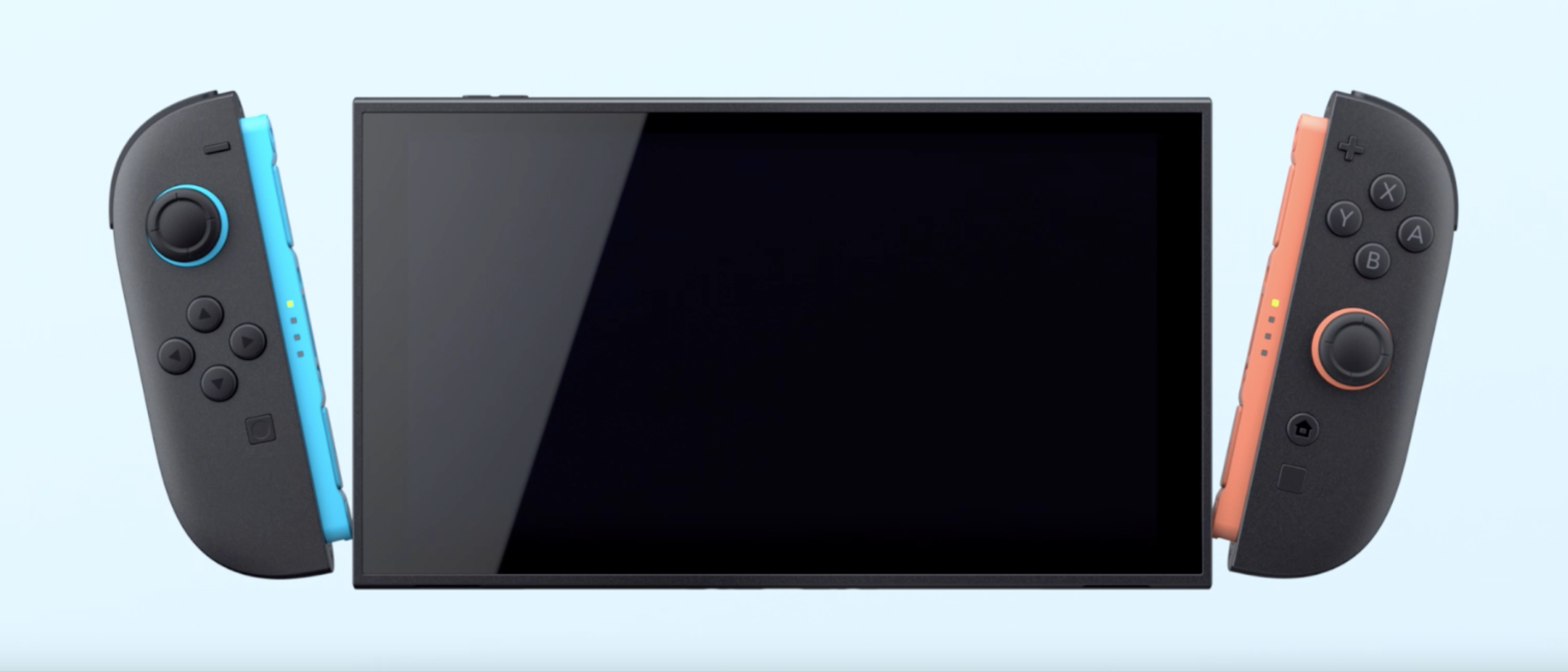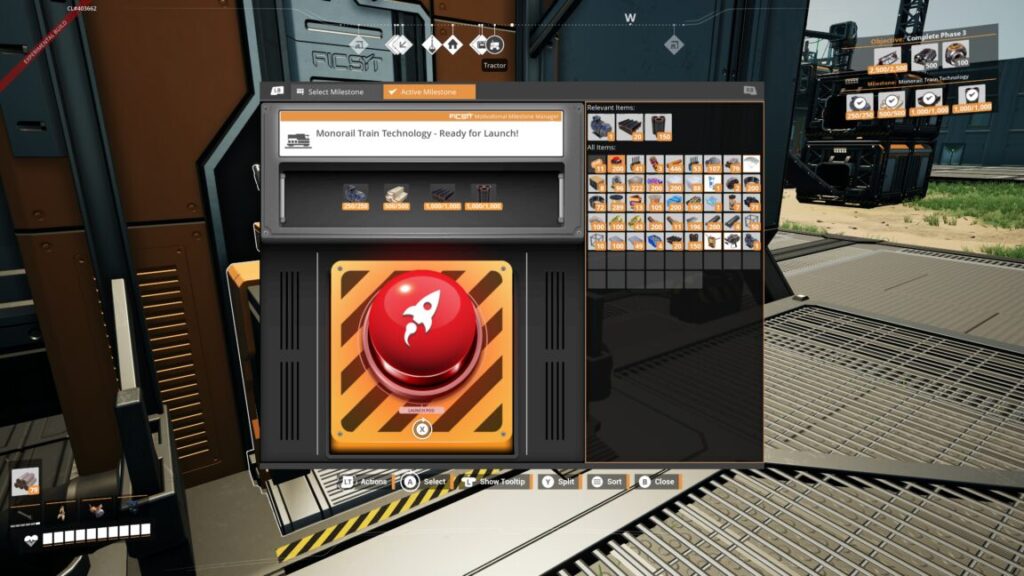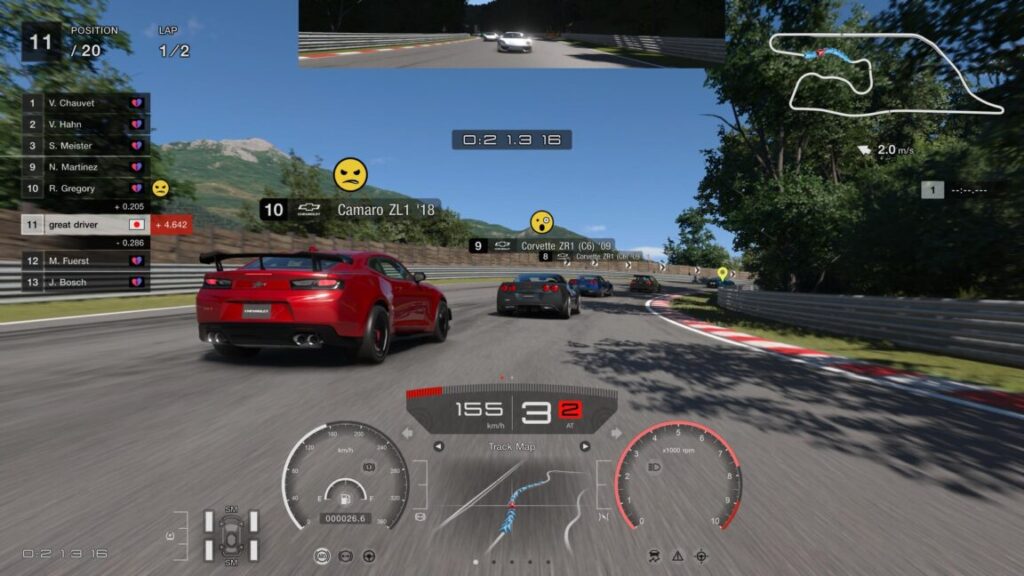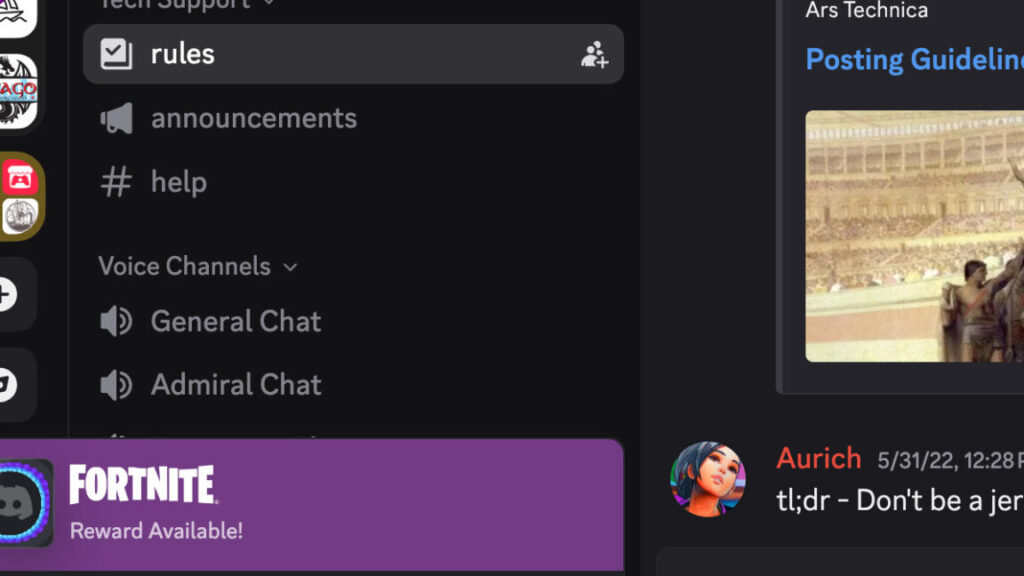Dustland Delivery plays like a funny, tough, post-apocalyptic Oregon Trail
Road trips with just two people always have their awkward silences. In Dustland Delivery, my character, a sharpshooter, has tried to break the ice with the blacksmith he hired a few towns back, with only intermittent success.
Remember that bodyguard, the one I unsuccessfully tried to flirt with at that bar? The blacksmith was uninterested. What about that wily junk dealer, or the creepy cemetery? Silence. She only wanted to discuss “Abandoned train” and “Abandoned factory,” even though, in this post-apocalypse, abandonment was not that rare. But I made a note to look out for any rusted remains; stress and mood are far trickier to fix than hunger and thirst.
Dustland Delivery release trailer.
Dustland Delivery, available through Steam for Windows (and Proton/Steam Deck), puts you in the role typically taken up by NPCs in other post-apocalyptic RPGs. You’re a trader, buying cheap goods in one place to sell at a profit elsewhere, and working the costs of fuel, maintenance, and raider attacks into your margins. You’re in charge of everything on your trip: how fast you drive, when to rest and set up camp, whether to approach that caravan of pickups or give them a wide berth.
Some of you, the types whose favorite part of The Oregon Trail was the trading posts, might already be sold. For the others, let me suggest that the game is stuffed full of little bits of weird humor and emergent storytelling, and a wild amount of replayability for what is currently a $5 game. There are three quest-driven scenarios, plus a tutorial, in the base game. A new DLC out this week, Sheol, adds underground cities, ruins expeditions, more terrains, and a final story quest for four more dollars.
Dustland Delivery plays like a funny, tough, post-apocalyptic Oregon Trail Read More »

